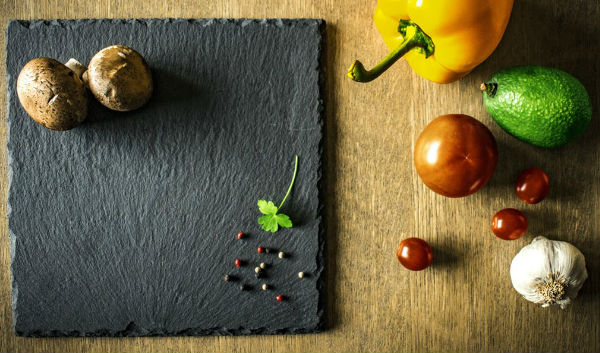Why do students get into debt and start borrowing?
While some students get as little as £458 a month from their...
During a recent cash flow crisis, I decided to stop making unnecessary purchases. I thought I was being sensible, but the money in my current account was dwindling away at an alarming rate.
I couldn’t understand how I was spending so much, when the only time I spent money was at the supermarket.
All those quick trips to get a “few things for tea” were mounting up.
I had to completely change my approach to food shopping. Along the way I learned some useful lessons the hard way. Here are six things I changed that meant I could stick to a grocery spending budget.

There are some great tips on saving money at the supermarket that we’ve shared before, but these are the techniques that have worked for me.
My bible is “The List”. I use a notepad (but you could use an app), to keep a record of things we need at home. Now when I shop I only buy the things I’ve put on The List.
This has stopped me being tempted by attractive special offers. That mayonnaise at 50% off may well be a bargain, but if The List tells me I don’t need mayonnaise yet, I’ll walk on by, thank you very much.
The List only works because I plan ahead.
Every week, I put together a menu. It’s written up on a blackboard, like a restaurant’s daily specials board, to remind me what I’m cooking and what I need to buy.
On a regular basis my partner and I have a rummage through the kitchen cupboards, fridge and freezer. We’re always surprised by the amount of useful ingredients lurking. We then plan meals that’ll use up as many existing ingredients as possible, without having to buy new food.
It’s like playing ‘Can’t Cook, Won’t Cook’ and encourages us to be creative, as well as thrifty. (Don’t take it to extremes though; nobody wants to eat tinned peas with custard for their tea.)
Stuck for ideas? Here are some cheap meal ideas you can try.

You can accumulate some useful perks with loyalty cards, such as discount vouchers and points that you can redeem against your shopping. But I don’t let them influence me to shop more often at any particular supermarket.
From shopping around (online and offline) I’ve picked up knowledge about the variations in prices on the things I regularly buy.
I split my shopping up between all the different types of supermarket. Here’s what I’ve learned is best for my needs:
The prices in supermarkets can feel misleading and hard to understand. I’ve had to train myself to calculate the true cost of the items on The List.
Looking at the price per weight is the best way to compare similar goods, helping you to ignore banner prices. They usually seem attractive but often have little bearing on how much you get for what you pay.
There are some apps that can help with this, such as MySupermarket.
In the past I was obsessed with the ‘grow your own fruit and vegetables’ dream, but I’ve learnt this is a hobby that you can’t depend on to make significant savings. The amount of food you produce is often far too small and the plants too vulnerable to pests.
The best options for a newbie gardener with limited time and space are herbs, salad greens, and tomatoes, all of which can do well on a sunny windowsill.
It’s surprising how long a potted basil plant, for example, can carry on producing useful, tasty leaves, saving a couple of pounds here and there (which all adds up).
Have you got any tips to share? Pop a comment below.